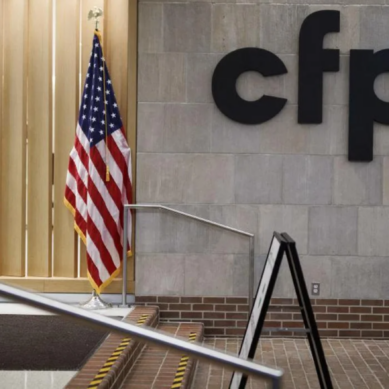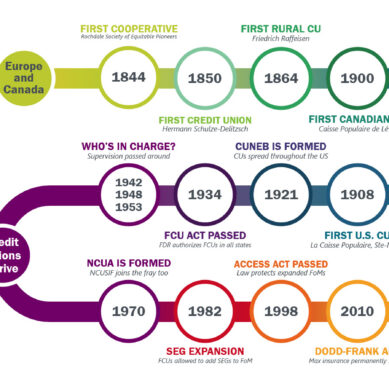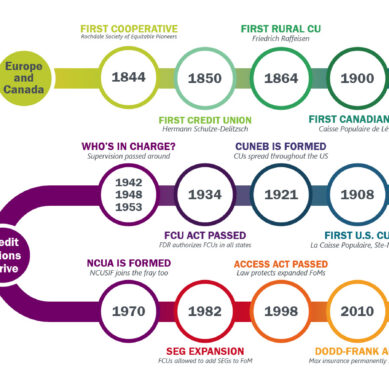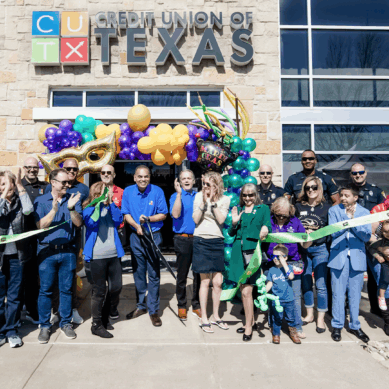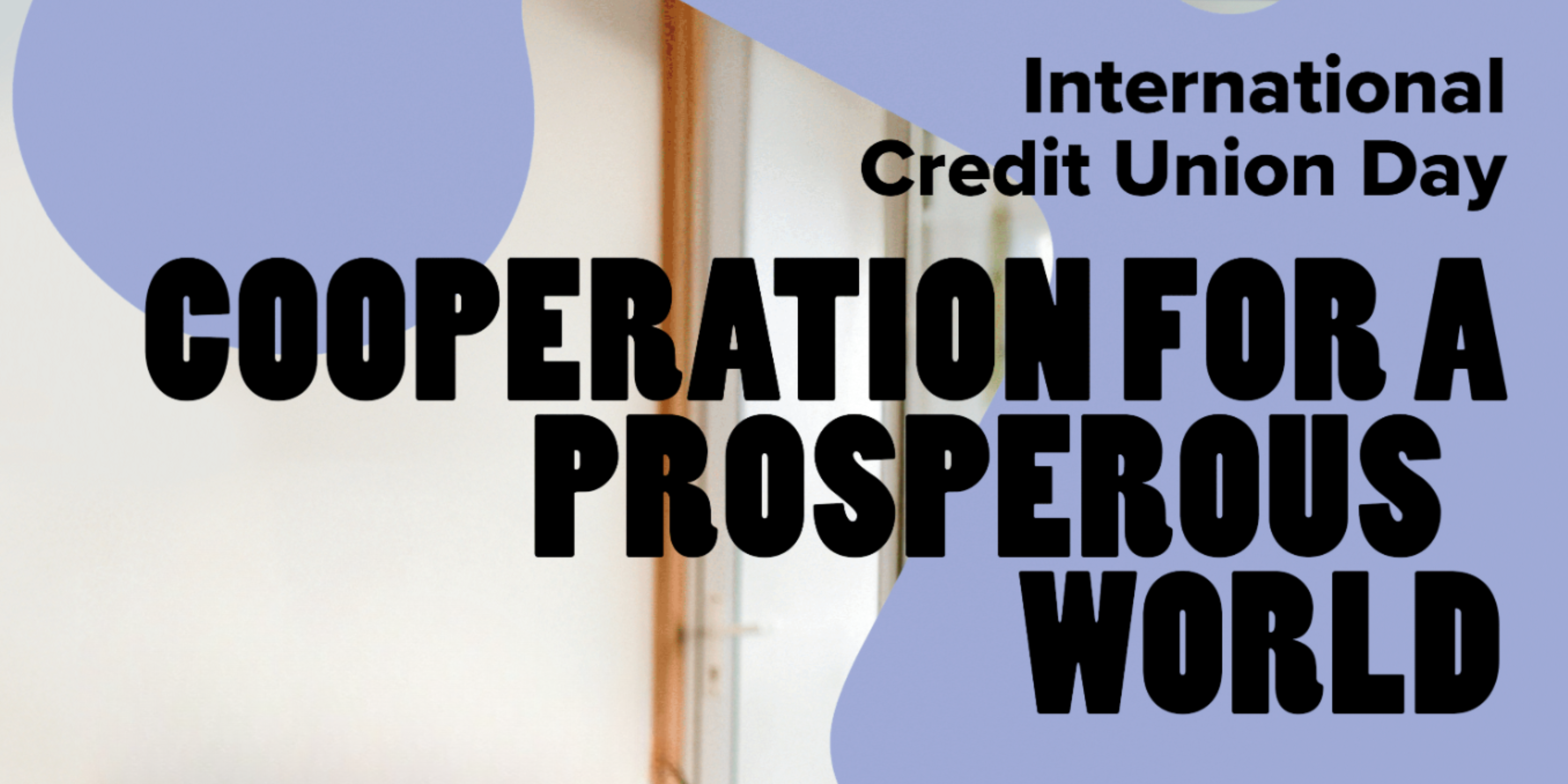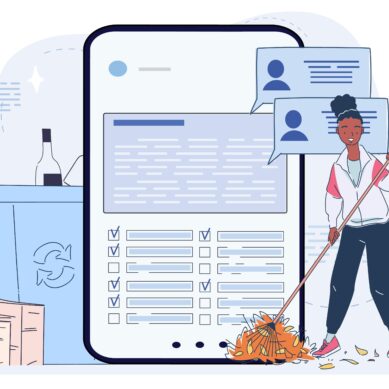Through a virtual networking event, a group of passionate trainers in the credit union industry came together to exchange insider tips that help enhance their onboarding programs.
Participants join this conversation to:
- Obtain new resources and inspiration for ways to educate their members, staff, and communities.
- Gain knowledge on how other financial institutions are training their member service staff.
- Obtain insight into what other credit unions are utilizing for the training and ongoing development of employees.
- Brainstorm ideas on how to teach through different means (virtual, in person, recorded videos, etc.)
- Learn as much about their core system(s) to improve their member service experience.
Before jumping into the main course, we asked the group, “What’s the key ingredient when designing a successful onboarding plan?” This collaborative group of professionals agreed that the “secret sauce” isn’t a single ingredient that outshines the rest. It’s the delicate blend of spices that makes it a memorable experience for all.
The secret sauce
Interested in improving your onboarding plan? Here are the key ingredients the group cited as must-haves in their onboarding recipe:
Communication
Hopefully, the hiring supervisor selected a candidate who demonstrated excellent communication skills during the interviewing phase. Once they start, make it a point to sit down with them and set expectations. This can, and should, happen on day one as a part of the orientation. What are your expectations for them? Then ask them about what they would expect from you. Use this as a two-way conversation to help build a rapport with one another. Communication is critical, and that’s why it’s listed first in our recipe card.
Once you have set expectations, lay out a schedule for them. Help your new hire understand where they are expected to be and when. How long will the onboarding phase last, and who will they meet with throughout the journey? It’s best to have multiple copies printed and distributed to all the key players involved. That could include the new hire, human resources, and the direct supervisor (and, hey, don’t forget about yourself if you are an Education Specialist involved with planning efforts).
Need to make a change to the original plan? Don’t sweat it. These things happen daily, but don’t forget to share this information as quickly as you learn about the conflict! Always aim to deliver scheduling changes in a timely manner. You don’t want the student, or even other instructors, to get the feeling that you were not prepared for them.
While the other ingredients are not necessarily listed in any specific order, there was a universal agreement that open and honest communication is going to make or break an onboarding plan, hence why it came in at number one.
Passion
There is a clear difference between a candidate who treats their position as a “job” versus a “career.” Ideally, the hiring supervisor inquired about their long-term goals in the interview phase. It’s always a good idea to ask questions around motivation, such as “What motivates you to get out of bed and go to work?”
These same discussions can, and should, happen again during the onboarding phase. Invest a few minutes every day to get to know this new team member. These don’t have to be lengthy conversations. Just start with…
- Who are they? You don’t need to unpack 18+ years of family history. Just encourage them to share a little about themselves. If easier, you could even ask that they do this through an introduction email to the team. It gives them an opportunity to share more about their personality.
- What do they enjoy the most about the industry they work in? This could easily be a 5–10-minute conversation if you allow them an opportunity to share stories about their past. Remember, we can’t be all work and no play. Make the time to have an unscripted conversation.
- When did they first learn about credit unions? If they don’t have professional experience, have them describe their personal experience with either a bank or a credit union.
- Where do they see themselves going in the next 3-5 years? Allow the conversation to go a little further than the typical “get promoted” or “stability.” Try to understand their “why.” This is where you will find what motivates them.
- Why did they apply for this open position? Be respectful of their privacy if they show signs of not wanting to go into depth with this question.
Remember to be kind to your neighbor. This new hire is starting over and could use some positive reinforcement. Try to identify what motivates them and cheer them on as they navigate the space as a “newbie.” This phase doesn’t last forever, and the best thing we can do as their coach/mentor is to be personable to them in this delicate transitional period.
Now you might be wondering how this relates to “job” vs “career.” Jobs are usually short-term with the mindset of “I am going to punch in, tolerate the work, and punch out.” We want to hire talent that treats the position as their career.
They come in with a mindset of “Where can I apply my strengths to pitch in on the overall company’s initiatives?” These individuals feel invested and proud of their contribution. They feel as if their work is making a difference and that it is meaningful. When onboarding, we want to cultivate a supportive environment that lays down that foundation that will let them build upon it.
Feeling welcome
Helping a team member feel welcome goes beyond the conversations you have with them. It’s about being prepared to show them around, making sure that all equipment has been ordered and organized in a tidy manner, introducing them to the team, perhaps even assembling a welcome basket of supplies for them on the first day, or taking them out to lunch.
We’d strongly encourage meeting with the rest of your team before their start date and debriefing them on the onboarding plan. Explain the importance of being inclusive and allow for bonding opportunities throughout the week to break the ice amongst co-workers.
There are some credit unions within the group that pay for lunch during the first week on the job. This could be as early as day one, but feel out the situation first. That day can feel a little overwhelming, and you may find that the new hire simply wants to escape for an hour and decompress without the need to put their best face on. If an off-site lunch isn’t feasible, try catering food for the whole team/office. That’s a social way to encourage conversation and reward the others for their contributions to creating a fun, safe environment.
Teamwork
They say that teamwork makes the dream work, and there is good reasoning behind these sayings. When a member invests their money at the credit union, it’s more than just depositing funds into a share account. It’s about their trust in you—the people at the credit union and/or the people who serve the credit union.
It’s important when onboarding a new team member to also know the rest of the team members and what they bring to the table. When one person must bear most of the weight, it can be crippling. Spread out the workload. In fact, by sharing the onboarding plan with the rest of your staff, you may be surprised at how well some of your employees cross-train. This is a safe and convenient way to learn how to train others when it feels like just a shadowing exercise between two co-workers.
Be sure to observe who excels in this area because they might be due for a promotion or simply interested in helping with future onboarding plans.
Culture
I am embarrassed to admit that for the last 6+ years, my focus has always been on systems training. In retrospect, I wish I had spent more time acting as a historian for our organization. Sharing the knowledge of who we are as a cooperative. Where did it all begin?
Walk your new hire through a brief summary of your credit union or CUSO’s history. What is your organization’s mission? How does this influence the culture? Chances are, there are many brilliant milestones throughout your organization’s history, and you’ll want new staff to appreciate the hard work that went into creating that history. This can also inspire them to make their mark and help them understand how to fit into the credit union’s culture.
Make the recipe yours
In summary, a successful onboarding plan requires communication, passion, feeling welcomed, teamwork, and culture. With that said, all good chefs know that recipes can be customized. There isn’t a one-size-fits-all onboarding plan. Try it out and pepper in techniques you feel work best for you. It may be necessary to add/remove spices based on your personal preference(s).
The most important thing to walk away with is that once you have found what works—document it. If you wish for others to pitch in, they will need your recipe card to follow along with you.


